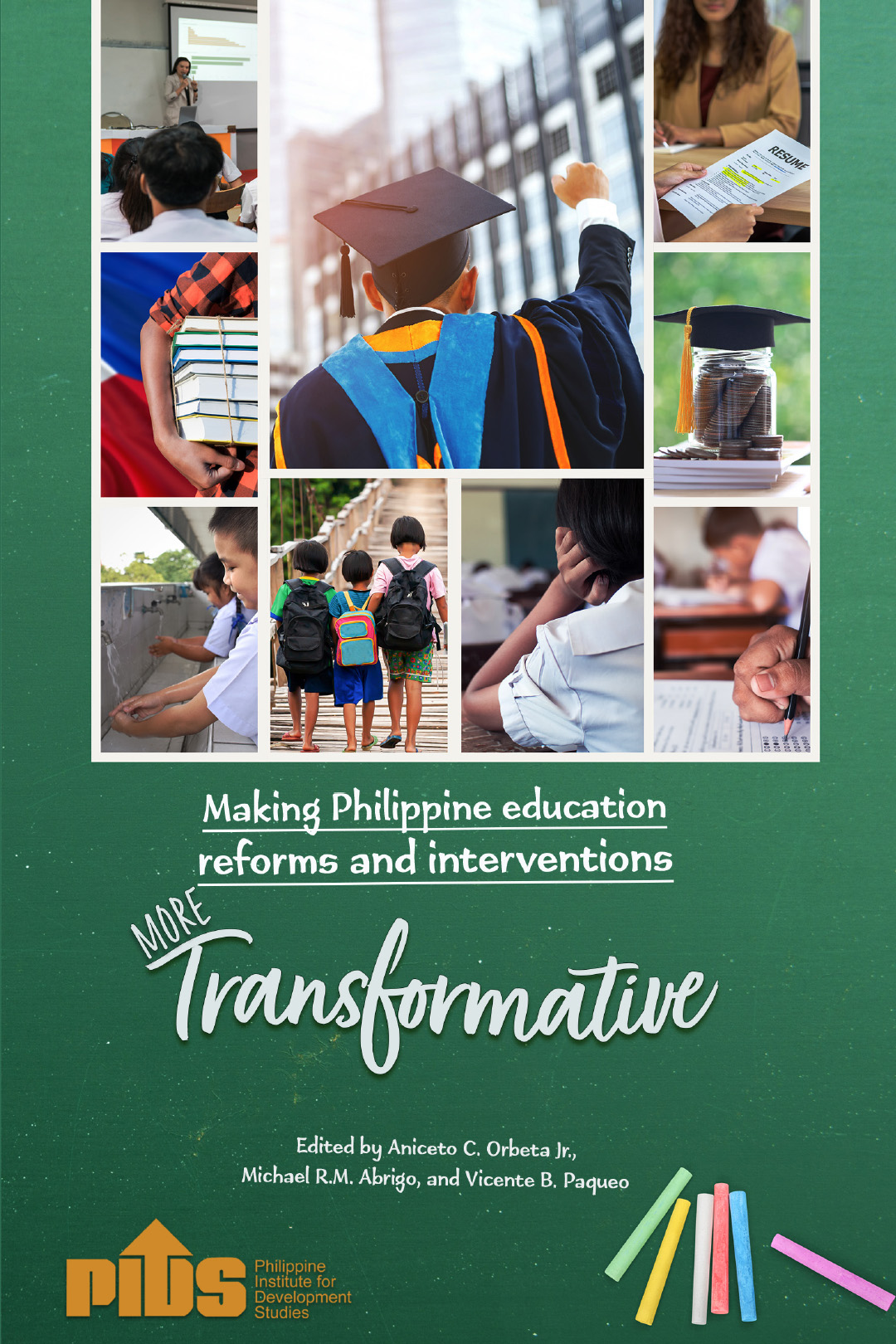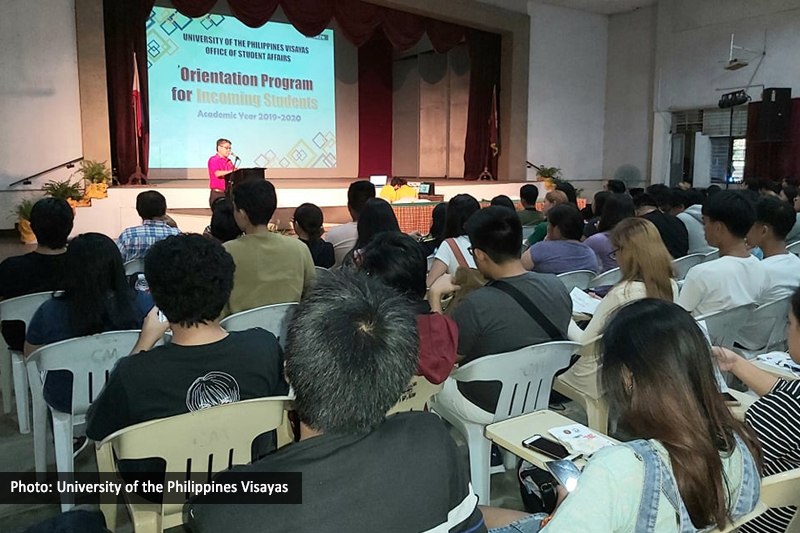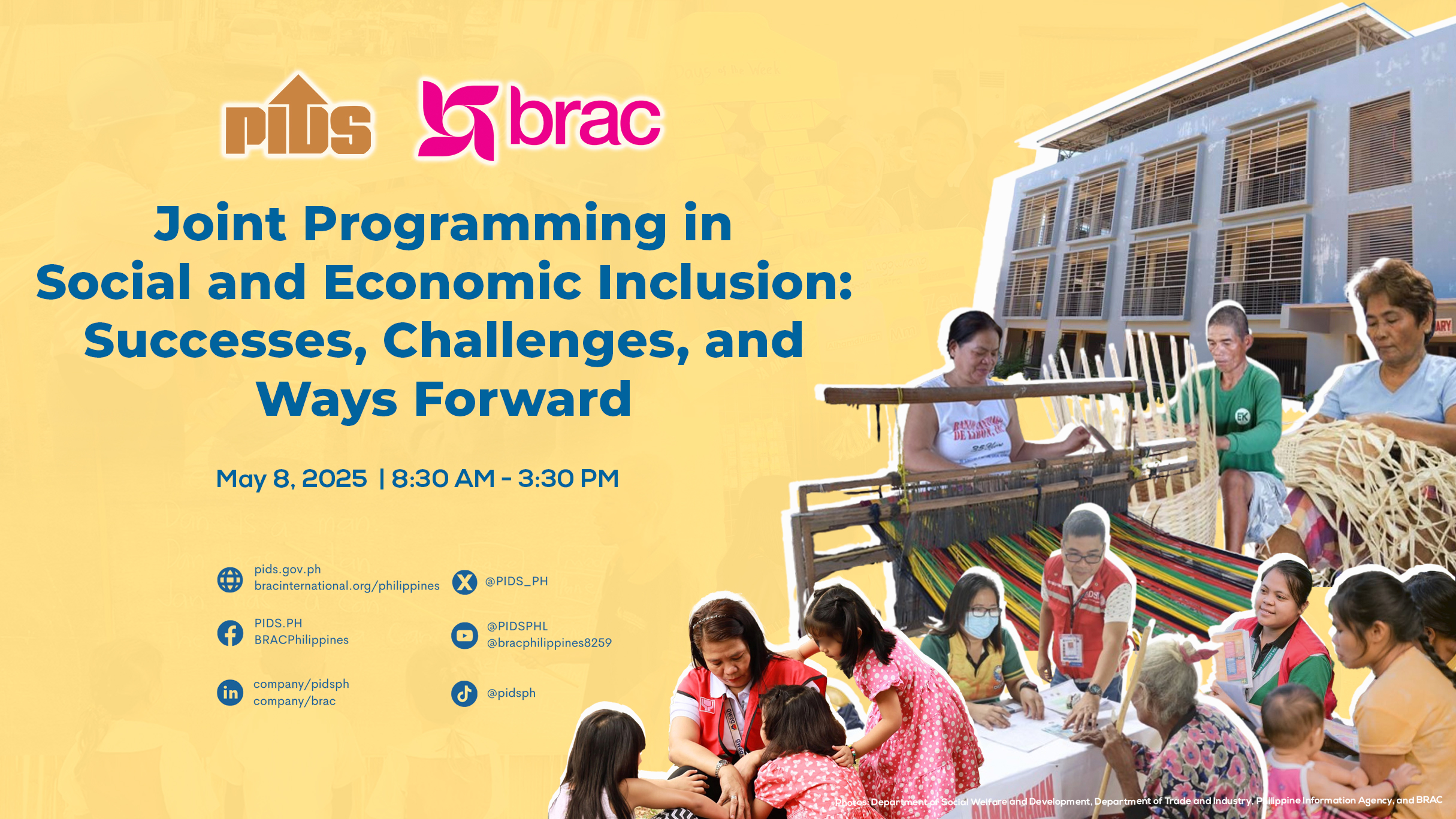Iloilo has long been recognized for its distinguished institutions of higher learning.
The concentration of academic excellence, with notable institutions such as the University of the Philippines Visayas and West Visayas State University, has positioned the region as a formidable force in education.
Yet, the true measure of this force lies in its ability to stimulate economic growth. It is here that the Commission on Higher Education (CHED) and economists alike find common ground: the investment in higher education is a catalyst for economic prosperity.
Economic analyses reveal a compelling narrative: for every peso invested in higher education, there is a significant return to the local economy.
Studies have consistently shown that regions investing in education enjoy a multiplier effect, where the benefits extend beyond the academic sphere into the broader economy.
In fact, data from CHED suggests that regions with higher education institutions see a 15 to 20% increase in local economic activity, compared to those without such institutions.
This multiplier effect manifests in various forms—higher rates of employment, increased earnings, and a more robust tax base.
Moreover, the presence of graduates in the local workforce correlates with higher productivity levels and the attraction of investments to the region.
In Iloilo, this could translate to a thriving economic landscape with a diverse array of industries, directly benefiting from the intellectual capital produced by its universities.
Yet, the relationship between education and economic growth is reciprocal. CHED’s emphasis on educational advancement is a clarion call to ensure that our youth are not just academically prepared but are also equipped to enter a dynamic and evolving job market.
This symbiotic relationship demands that the local economy is agile enough to absorb the influx of graduates. It is imperative that industries and services evolve in tandem with the output of local universities, creating opportunities that are in sync with the skills of the graduates.
In Iloilo, this means not only maintaining the robustness of traditional industries but also fostering new sectors such as technology, research and development, and creative industries.
For instance, a study by the Philippine Institute for Development Studies (PIDS) indicates that a 10% increase in the local production of graduates can lead to a 1.2% rise in regional GDP, contingent upon the availability of corresponding employment opportunities.
The data underscores a clear directive: the growth of Iloilo’s economy hinges on our ability to link educational outcomes with economic opportunities. To maximize this linkage, initiatives like Public-Private Partnerships (PPP) are crucial. These partnerships can incubate ventures that specifically target the skill sets of graduates, thus retaining local talent and contributing to a cycle of prosperity.
The narrative is unequivocal: investing in higher education yields dividends that resonate throughout the economy. For Iloilo, the path forward is illuminated by data and the experiences of regions that have successfully harnessed the power of their educational institutions. It is a path that requires collective effort and strategic alignment between academia and industry, with the ultimate goal of forging an economy where education is the bedrock of sustainable growth and development.












